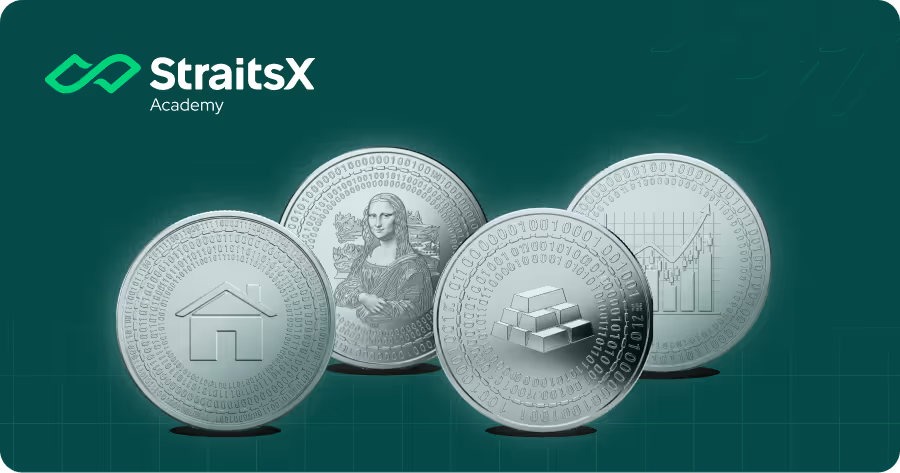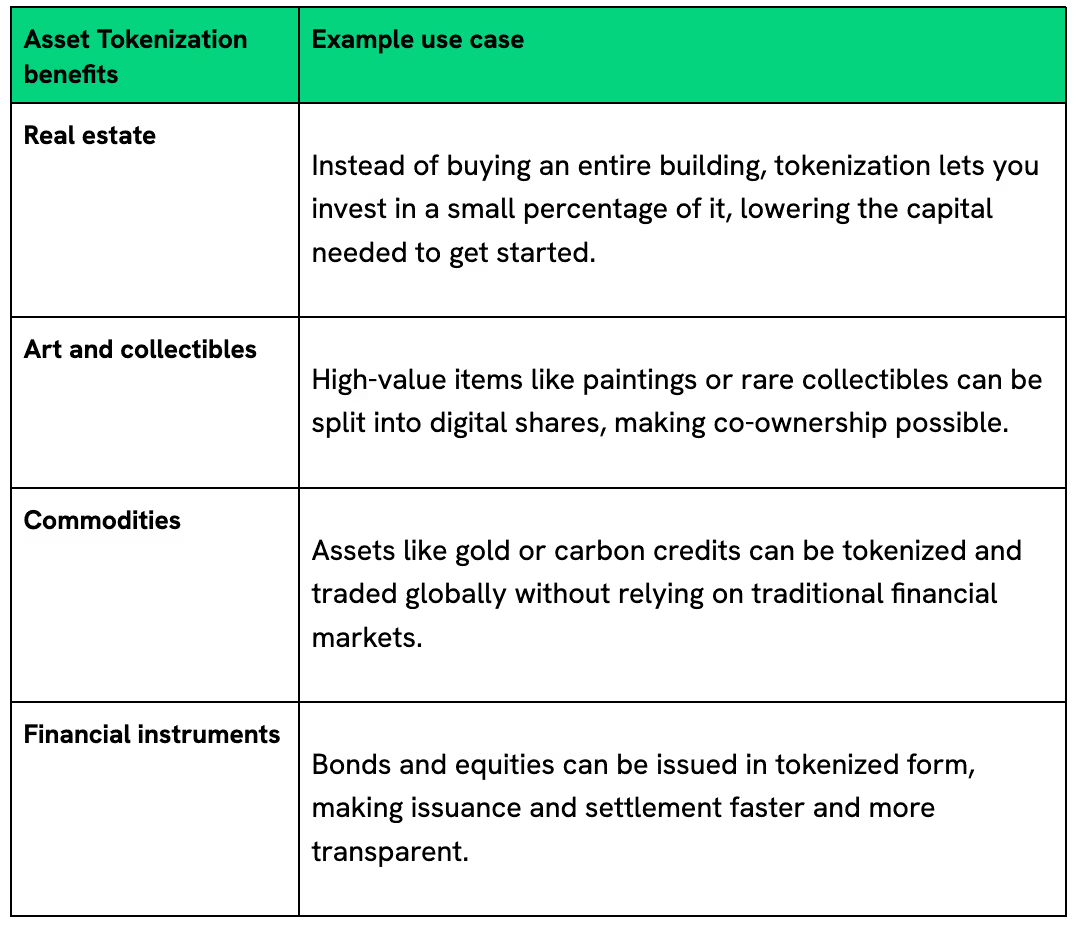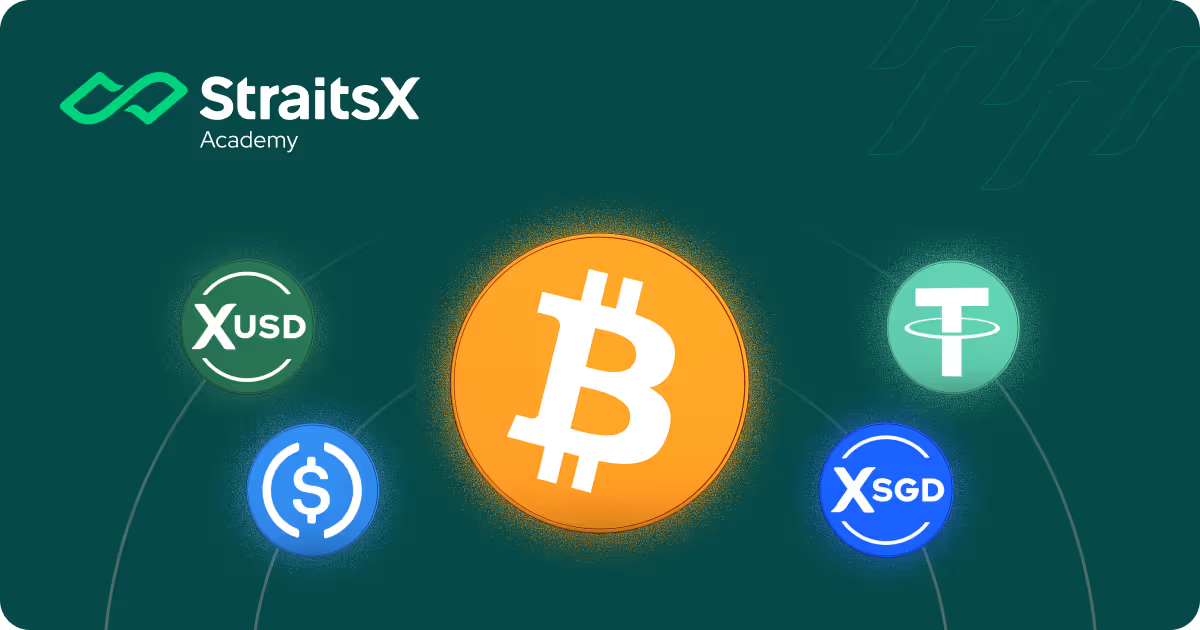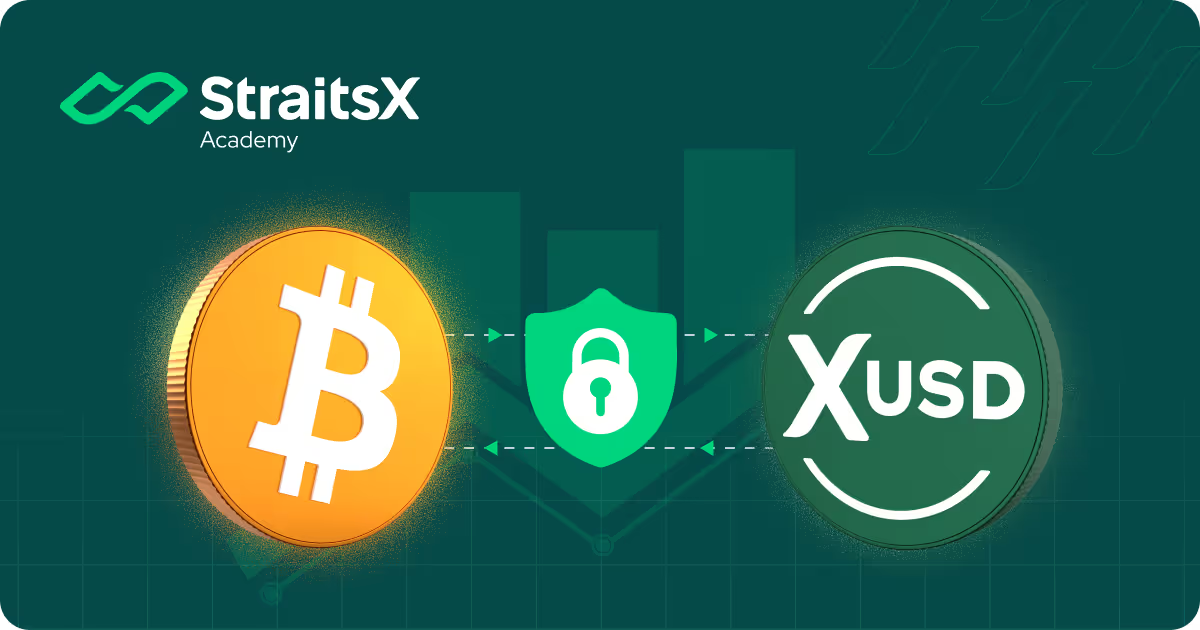What Is Tokenization and Why It Matters

The financial world is going through a quiet revolution. One of the most transformative ideas at the heart of this change is tokenization, a concept that is reshaping how we think about ownership, investment, and access to global markets.
You may have heard the term in conversations about blockchain or digital assets. But what does it really mean? And why are regulators, traditional financial institutions and startups all paying attention?
Let’s break it down.
What is tokenization?
Tokenization is the process of converting ownership of a real-world asset into a digital token recorded on a blockchain.
In simple terms, it allows you to take something valuable, like property, art, or stocks, and represent it digitally in a secure and programmable way. Each token reflects a share or unit of that underlying asset.
The result is a more flexible and accessible way to manage and transfer value.
Learn more about how blockchain and stablecoins enable tokenization.
Real-world examples of asset tokenization
To understand the power of tokenization, here are a few practical examples:

These are all examples of tokenized assets, which combine the security of real-world value with the flexibility of digital systems.
What are the benefits of tokenized assets?
Tokenization is not just a new way of wrapping existing assets. It opens the door to new levels of accessibility, efficiency and innovation in financial markets.
Greater access to investment opportunities
By splitting assets into smaller, affordable units, tokenization allows more people to participate. Retail investors can now access investment opportunities that were once limited to institutions or high-net-worth individuals.
Around-the-clock markets
Blockchain systems operate 24/7. Tokenized assets can be traded anytime, offering flexibility that traditional markets cannot match.
Faster and more cost-efficient transactions
Tokenization reduces the need for intermediaries like brokers or clearinghouses. This can significantly cut transaction costs and speed up settlement times from days to just minutes.
Improved transparency
Because all transactions are recorded on a blockchain, tokenized assets offer a clear, auditable record of ownership. This helps build trust, especially in sectors where proof of ownership or compliance is critical.
Programmable finance
Tokenized assets can come with built-in smart contracts. These allow for automation of key functions such as dividend payments, interest calculations, or regulatory checks, saving time and reducing errors.
What are the challenges?
While the benefits are clear, tokenization is still an emerging space and there are hurdles to overcome:
- Regulation: Different countries are taking different approaches to regulating tokenized assets. This can create uncertainty for both issuers and investors.
- Liquidity: Just because something is tokenized does not guarantee it can be sold easily. Market depth is still building for many types of digital assets.
- Technology: Building reliable, secure platforms for tokenization requires strong infrastructure. Not all systems are ready for mainstream adoption.
Despite these challenges, progress is being made quickly. Governments, banks, and startups are all working together to address these limitations and unlock the full potential of tokenization.
Tokenization in practice and what’s next?
Momentum around tokenization is growing across financial hubs worldwide. In Singapore, regulators have launched pilot programs to test the viability of tokenized bonds and digital asset infrastructures. At the same time, global asset managers are also exploring how to tokenise real-world portfolios to improve capital efficiency.
At StraitsX, we see asset tokenization as a key component of a more inclusive, interoperable, and efficient financial system. Regulated stablecoins like XSGD and XUSD are already used to settle tokenized transactions quickly and securely.
As the ecosystem evolves, we expect even closer alignment between digital currencies, programmable payments, and tokenized markets. This will create smoother, more transparent financial flows across both traditional and decentralised platforms.
Final Thoughts
Tokenization is more than just a technical innovation. It represents a fundamental change in how value is owned, shared, and exchanged.
By making ownership more accessible, enabling faster transactions, and improving transparency, tokenisation can open up entirely new possibilities in finance, investment, and trade.
Whether you're an investor exploring new asset classes or a business building for the future, tokenization offers new possibilities. StraitsX provides the trusted infrastructure and regulated stablecoins to help you take part with confidence.
Related Post


.png)

